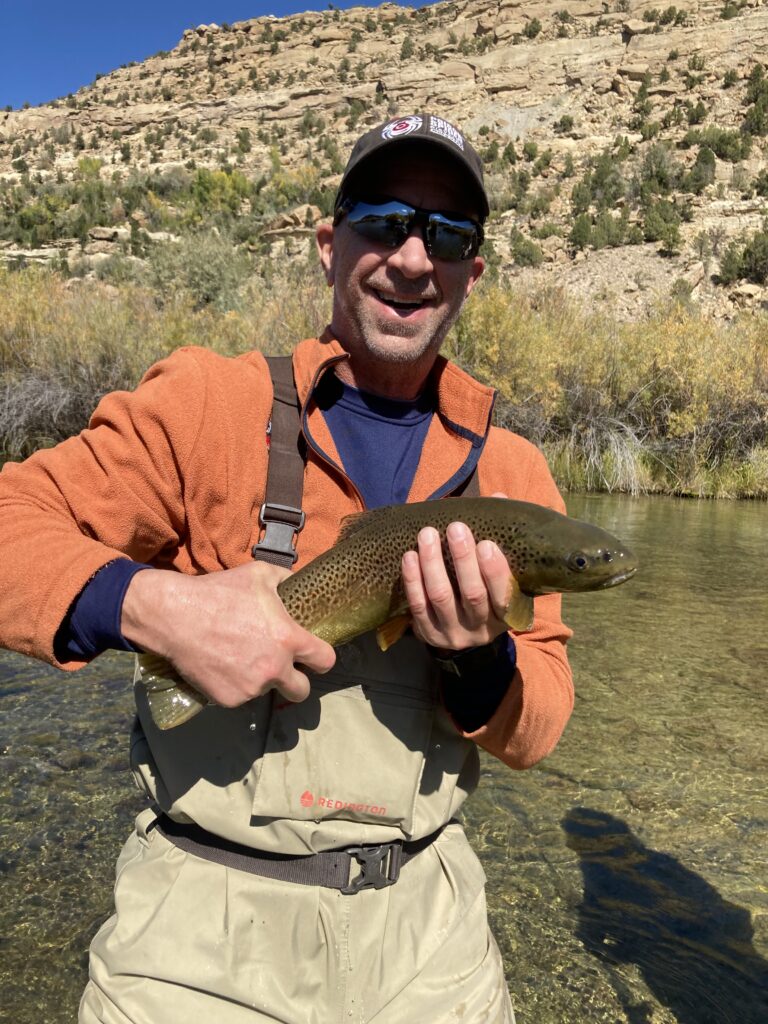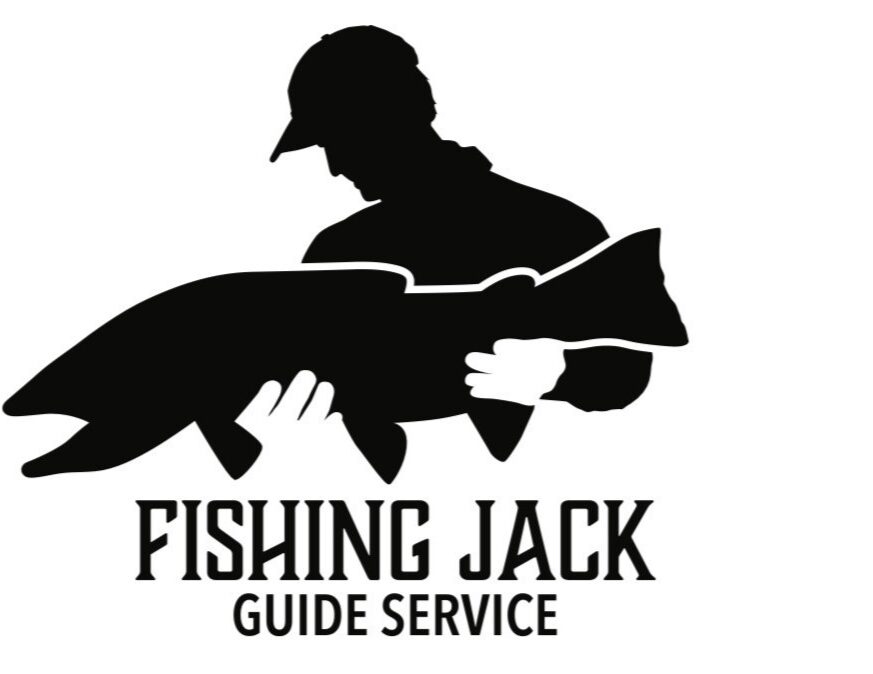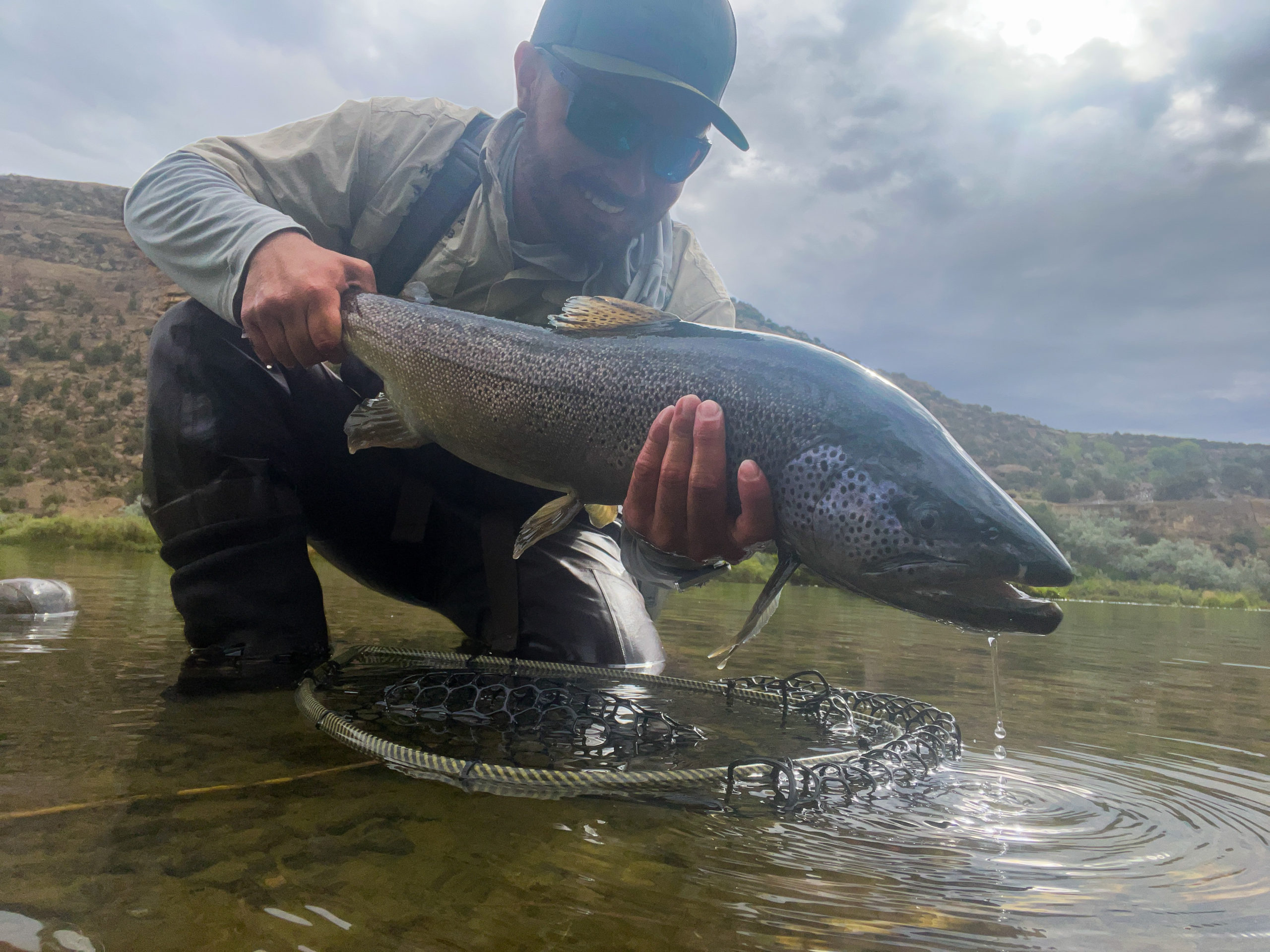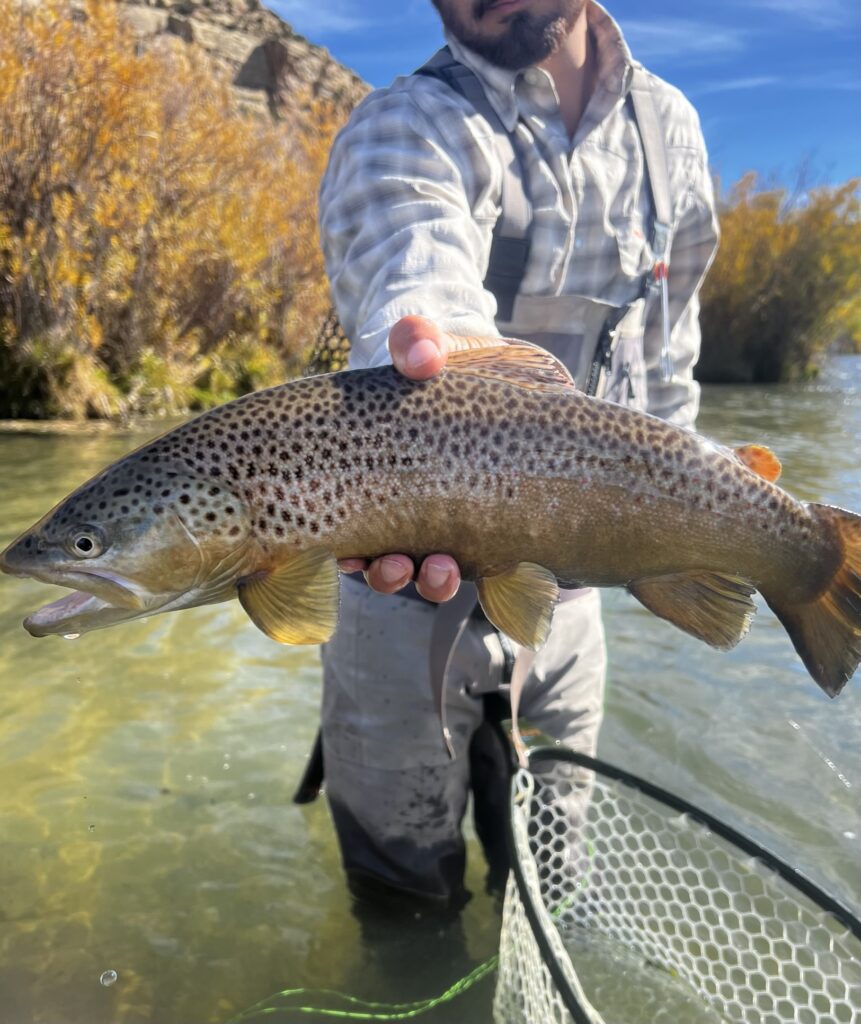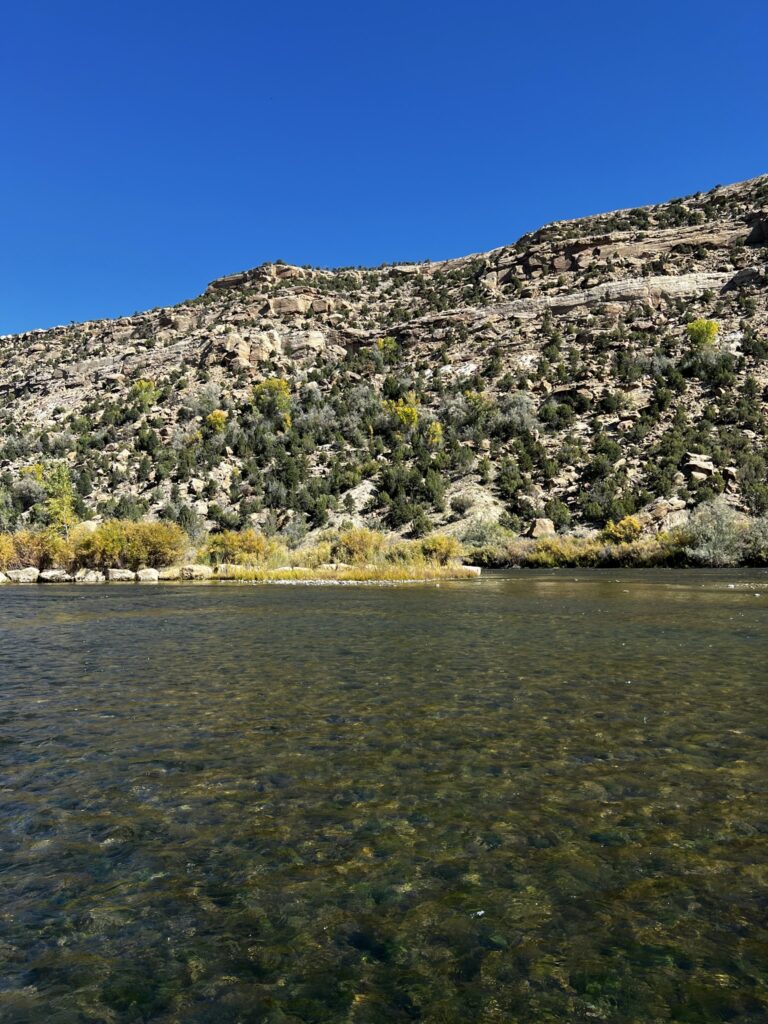At the time of writing this vlog, it has come to my attention that I have been fishing one of the best trout fisheries in the southwest (and the US) for nearly 20 weeks straight. I must admit, although I have enjoy my time on the river, most of my effort is not spent merely enjoying the fishing, but rather to unlock the secrets of one of the most technical tailwaters available to the public to serve the better interest of my clients. However, it would be redundant to bore you to death with a list of intricacies involving leader formulas and tippet sizes to use on the SJQW. Rather, I have put together some of the most commonly repeated misconceptions that I often hear about or see online which involve fishing on this river. This is by no means a vlog which aims to patronize those who hold these perceptions, but I think fishing should be easy, and you deserve the truth.
Misconception #1
” You must use small flies on the SJQW.”
Do you want to have a miserable day while fishing? Do you hate yourself? Do you eat tubs of Haagen-Dazs in the bathtub while watching soap operas ? If you answered yes to any of these questions, you’ll probably enjoy fishing midges too. Running a piece of 6x or 7x tippet through a size 24-26 midge is not my favorite way to fish. Midges have little action in the water, you cannot see them, and they are an overall pain to use. You should always fish smarter, not harder.
Before I go any further, I will admit that the situation dictates what flies you should use. The natural diet of a fish in the QW is going to be midges, and sometimes you will need to use them. And when fished correctly, midges are very, very productive. However, I have found that a size 14 jigged, “euro” fly works just as well as any midge pattern. When fishing for my own pleasure, I generally like to euro nymph. I have discovered that euro nymphing doesn’t just work at the San Juan, it’s actually my preferred method, and I catch a lot more fish this way.

If you have never taken the time to fish those faster runs between the braids above Texas Hole all the way down to Simon Point, I highly suggest you do. Those fish hardly see much foot traffic because the average eye does not believe there is valuable fishing. In tandem with this, fish that hold in the faster water are much less selective. They are often given just a second or two to decide if something is food or not, so you are significantly increasing your chances of catching a fish. Again, however, I will reinforce the importance of learning to euro nymph (which I teach) in order to familiarize yourself with the correct strategy for approaching these areas
Misconception #2
“Texas Hole is the best spot on the entire river”
While it is true that Texas Hole is home to thousands upon thousands of fish, (and possibly the single biggest fish in the entire river) you can catch fish nearly anywhere in the QW.
Over the last 18 weeks I have seen the same faces over and over again in the exact same spots from the boat ramp to the head of Texas Hole. While I do enjoy fishing TH, it’s time to come to terms with what is going on here. We often become too comfortable fishing the same places over and over again. I promise you will find big fish towards the Dam, or at Munoz, or at Simon Point. As a guide, I take pride knowing that I am familiar with the entire river, and I feel my clients should have that same confidence when approaching this technical fishery. Do not be fooled by the success of the familiar faces you see at Texas Hole who have been standing in the same spot for three months — you can catch the same fish in an assortment of areas!
I will say that it’s critical to understand how the bug life differentiates with your proximity to the dam. I generally find that larger aquatic insects are available in the lower river, while smaller bugs, like midge larva, tend to dominate in closer proximity to the dam. Nonetheless, this is not always the case, and the San Juan is very unpredictable. The main idea that I want to get across, however, is that you can build your own understanding of the river in order to effectively fish it. As much as we love to inflate our own egos, nobody can read the minds of these fish. If it were possible to do so, that would effectively eliminate the need to think critically when approaching this river.
Misconception #3:
” Dry flying doesn’t work on the Juan”
The vast majority of the fish you catch at the San Juan will undoubtedly be with a nymph rig, however, it is wrong to assume that you cannot dry fly on this fishery. The natural bug cycle of this river are midge hatches, and the by-product of these hatches are midges which pupate close to the surface. While these pupated midges are not necessarily synonymous with “surface activity”, many of these bugs will ultimately lead the fish to emerge. These fish can be targeted by using bugs with a bit more flash built into them. Try going unweighted or using the smallest split shot you have available.
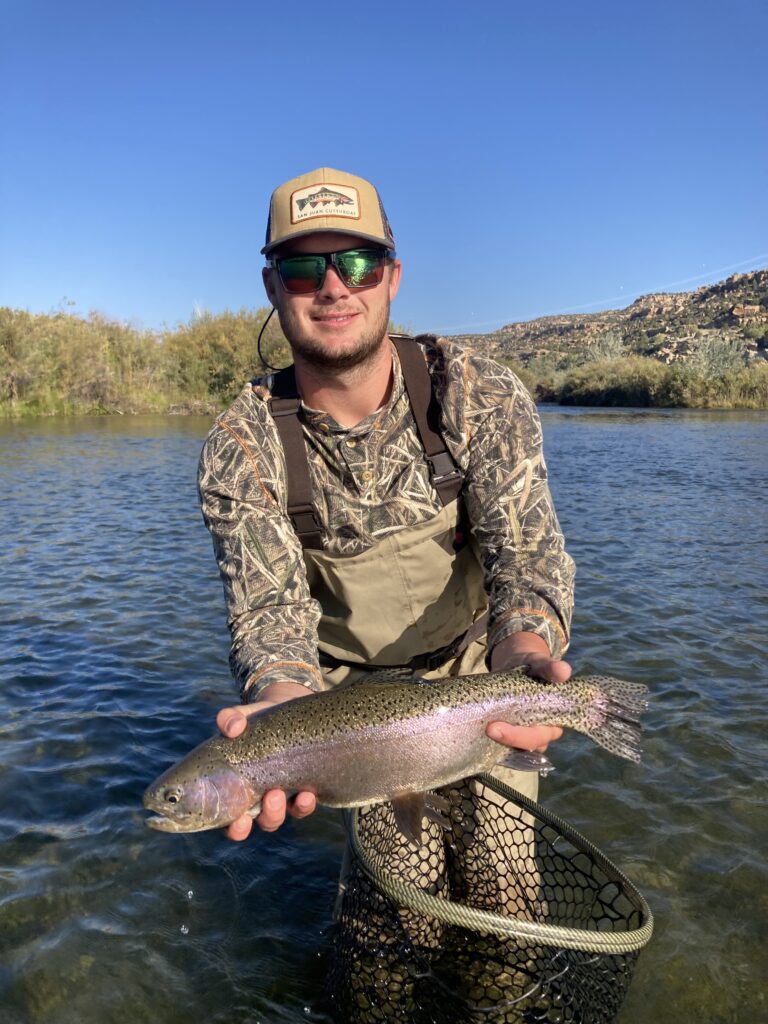
Now, the real fun is when these bugs become trapped on top of the water and the fish begin to break the surface. I find it easier to start with larger bugs, like ants, and work my way down to midge clusters via griffiths gnats. Have a good variety of smaller dry flies as well. A bloody butcher can imitate those darker bugs you see floating on the surface, while the griffiths gnats can be useful if you notice the fish are keying-in on bugs that may be helplessly floating on debris. Don’t be afraid to use larger dries as well. A size 2 or 4 chubby chernobyl is not out of the question, and many of these larger fish may see it as their opportunity for a large meal.
Misconception #4:
“Gotta have the right fly.”
While I’m not denying that certain midge hatches won’t garner more attention in some instances, the idea that the fish won’t eat the other 4 or 5 flies you’ve tried isn’t necessarily true. In fact, most of these fish will eat almost anything you tie onto your line — with the one stipulation being that it is presented well. So what exactly does it mean to “present it well”? A proper presentation quite literally means that your flies are drifting as naturally as possible. In conjunction with that, your flies should always be directly in front of your target fish.
Far too often we are guilty of making the same casts and same drifts without considering what we are doing right, or what we are doing wrong. An important aspect of fishing a technical tailwater is to think critically about what we are trying to accomplish. While I love the general atmosphere of being waist-deep in a beautiful river and letting myself being consumed by the beauty and art of fly fishing, we should be honest with ourselves — catching the fish is the best part.
Every single cast you make on this river should have a purpose. If you are not catching fish, you want to carefully consider what changes you can make in order to do so. The application of meaningful casts translates well to the concept of fly selection because it can teach you about how little the flies you are using truly matter in the grand scheme of things. Being able to adjust the size split shot you are using by one size can sometimes mean the difference between a big brown trout in the net, or a fish that completely ignores your attempt to fool them. Likewise, being able to put both of your flies in front of a fish, rather than two feet to the left or a foot above their head, can also make a huge difference.
Saying that a specific fly is “what the fish want today” is far from the truth. Most fish are more than willing to eat an assortment of bugs that pass by them. I’m not saying that you shouldn’t swap flies when necessary, but the definition of insanity is doing the same thing over and over again and expecting a different result. Always make adjustments to your presentation before your fly selection.
For more tips on the San Juan, head over to Fishing Jack’s YouTube channel: Fishing Jack – YouTube
